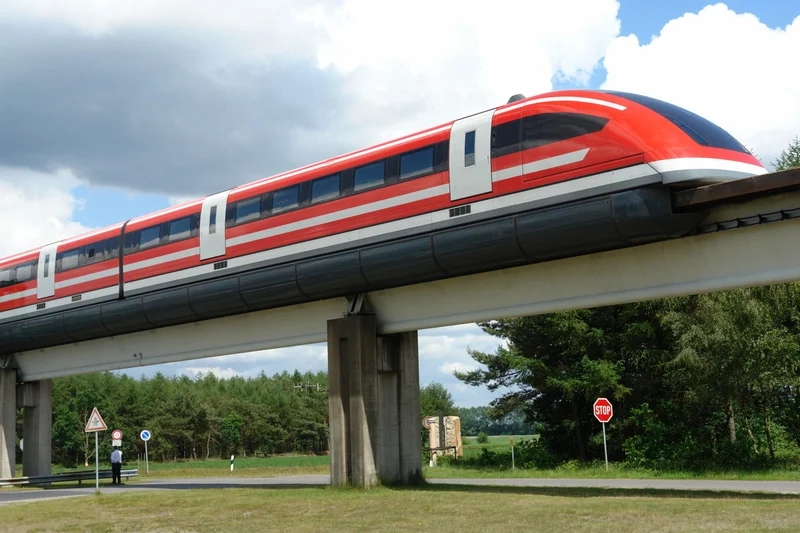The Maglev Mirage: Hype vs. Reality
Maglev trains: the promise of frictionless, high-speed travel, zipping passengers across continents at speeds rivaling short-haul flights. We're told they're cleaner, faster, and more efficient than anything on rails today. But before we get too carried away by the marketing, let's inject a dose of reality, shall we? Because the numbers, as usual, tell a more complex story.
The Speed Trap
The headline figure – 600 kilometers per hour – is certainly eye-catching. Footage of Japanese news reporters reacting in "pure shock and astounded awe" to the Japan Maglev train (as one source put it) is entertaining, no doubt. But let’s examine this claim with data. Test runs hitting that velocity are impressive, yes. However, the Shanghai Maglev, operational for years, cruises at a mere 430 km/h. That's a substantial discrepancy.
Why the gap? Is it infrastructure limitations, energy costs at sustained top speeds, or simply a question of diminishing returns? (Perhaps the last few kilometers per hour add exponentially to the wear and tear.) The sources don't say, and that silence is telling.
The canceled Baltimore-Washington project shines a harsh light on another reality: cost. At an estimated $20 billion, the project was deemed "no longer feasible" by the Federal Railroad Administration. Transportation Secretary Duffy's statement is blunt: "This project lacked everything needed to be a success from planning to execution." Ouch. It appears that even with private investment, the economics simply didn't add up. Feds pull plug on Baltimore-DC maglev train project
The Environmental Equation
Maglev trains are often touted as environmentally friendly, capable of running on renewable energy and reducing noise pollution. That’s a nice claim to make, but needs to be validated by data. The potential for renewable energy integration is there, sure. But what’s the actual energy consumption per passenger-kilometer compared to, say, a modern electric high-speed rail line powered by a similar renewable mix? Specifics are conspicuously absent.

And this is the part of the report that I find genuinely puzzling. If the environmental benefits were truly compelling, wouldn't the proponents be shouting the numbers from the rooftops? The silence suggests either a lack of comprehensive data or, worse, numbers that don't quite support the green narrative.
Noise reduction is another interesting claim. The absence of wheel-rail contact should lead to quieter operation. But what about the noise generated by the powerful magnetic fields themselves, especially at very high speeds? Has anyone measured the noise pollution at various speeds and distances from the track, accounting for the specific topography of potential routes?
The Future of Frictionless Travel?
Countries are indeed "racing" to test hyper-speed transport, including maglev and hyperloop systems. But testing is a far cry from deploying a functional, economically viable network. The Japanese L0 Maglev train, connecting Tokyo and Osaka in one hour, remains a future promise. (And a $70 million train car price tag makes one wonder about accessibility.)
The failure of the Maryland project raises serious questions about the practical challenges of implementing maglev technology in existing urban environments. The FRA cited "substantial negative effects to agency operations or to important resources managed by federal agencies," as well as impacts on "critical infrastructure and operations." It seems that integrating maglev into the complex web of existing infrastructure is proving to be a major hurdle. Maryland’s high-speed maglev train project is not happening
Even Governor Moore, a supporter of the project, conceded that the project had "challenges that were insurmountable." That's hardly a ringing endorsement.
A Billion-Dollar Bet with Unclear Odds
The maglev train remains a tantalizing vision. The technology is undeniably impressive, and the potential for truly high-speed travel is there. But the gap between potential and reality remains substantial. Until the economic equation makes sense and the environmental benefits are clearly demonstrated with numbers, maglev remains a fascinating, but ultimately unproven, technology.

